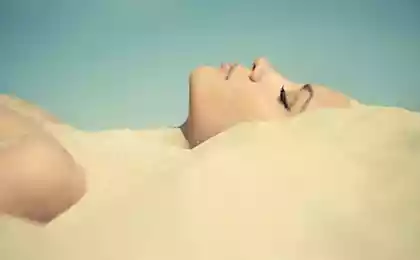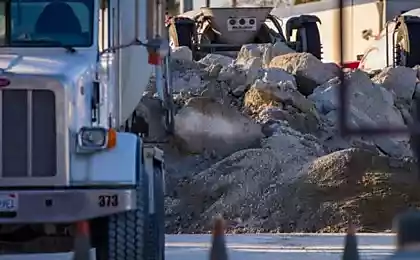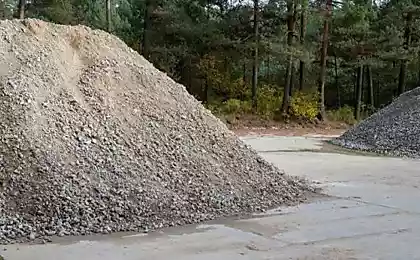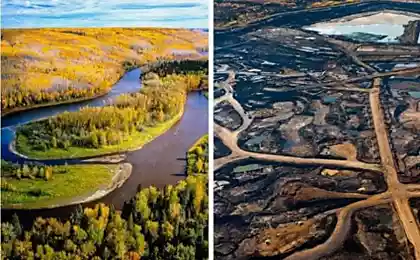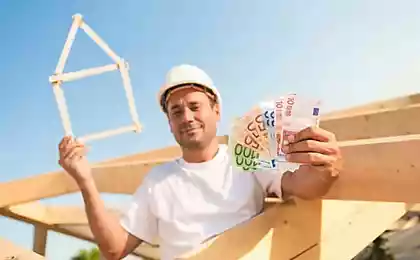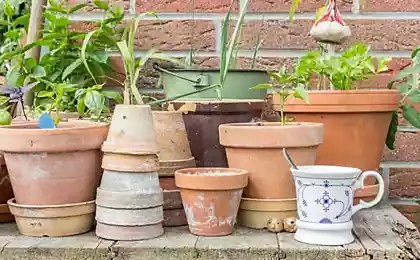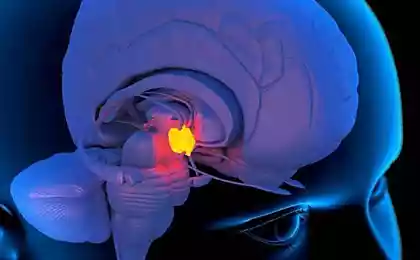228
In what cases should be used proportions of cement and sand 1 : 1, 1 : 2, 1 : 3
It would seem that preparing a solution is a simple science. Mixed cement with sand, poured water and business in the hat. In fact, everything is not so simple, because if you do not know the ratio of ingredients, you will not succeed. Moreover, the proportions of cement and sand are different for different types of solution. For internal and street works, plastering, bricklaying, floor screeds and waterproofing, solutions of different strength are required, which are prepared in different ways.
In many tips, the ratio of ingredients is indicated in kilograms, but there are not always scales at hand. It is most convenient to measure the amount of cement sand and water with ordinary buckets. Any other bulk units (such as shovels) will also be suitable. The main thing is that the proportions are maintained.
All ratios in the article are indicated for Portland cement M500 and quarry sand.

1 bucket of cement for 6 buckets of sand (1:6) This is one of the weakest solutions, it corresponds to the brand M75. This solution is suitable for internal plastering in dry rooms and floor screeds. The solution can also be used to build temporary structures.
To prepare M75 enough 0.9 parts of water for 1 part of cement and 6 parts of sand.
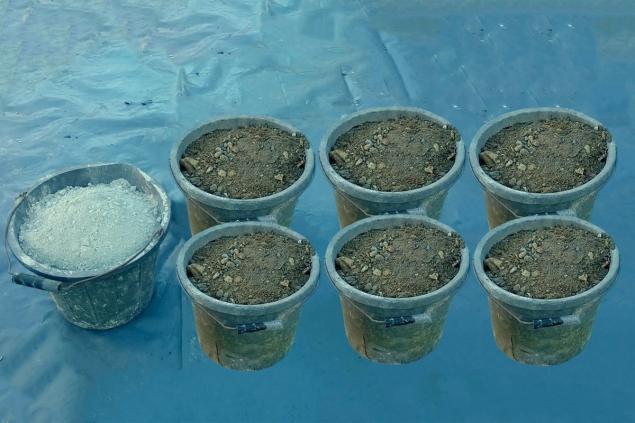
1 bucket of cement for 5 buckets of sand (1:5) The ratio of cement and sand 1: 5 corresponds to the brand of M100 solution. To prepare it, you need 0.8 buckets of water. The solution is also very weak, so it is not used for street work. They can level the platform, not designed for heavy loads, as well as perform masonry from brick or stone. This solution is also filled with interlayer seams. Most often, M100 solution is used for plastering.
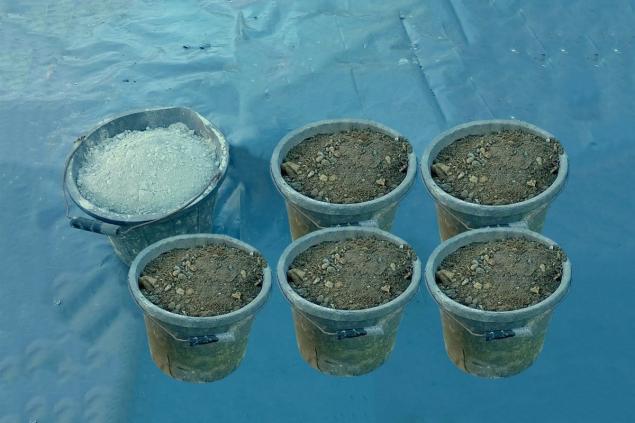
1 bucket of cement for 4 buckets of sand (1:4) If you mix a bucket of cement, 4 buckets of sand and 0.7 buckets of water, you get an M150 solution. It is used for external plastering of facades, masonry of bricks and laying of butterfly foundations. The laying of paving tiles is also allowed.
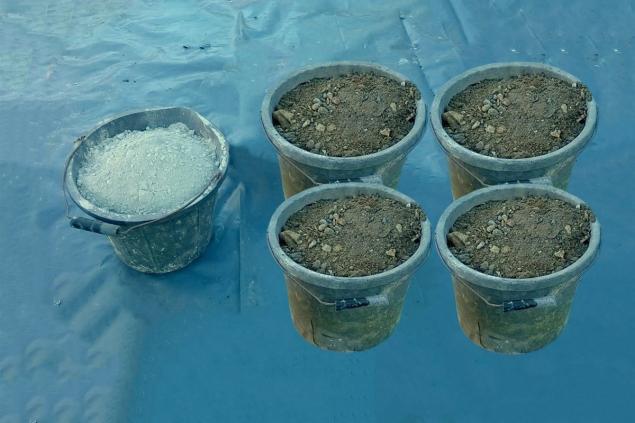
1 bucket of cement on 3 buckets of sand (1:3) This solution is most often used in private construction. It corresponds to the M200 brand, and 0.65 buckets of water are needed to mix it.
With the help of such a solution, you can build buttercup foundations. The M200 is suitable for laying bricks and stone, including below ground level. It is also used for floor screeding in industrial facilities.

1 bucket of cement on 2.5 buckets of sand (1: 2.5) High-strength solution corresponding to the M250 brand. When preparing it, it is important not to overdo it with water. A bucket of cement and 2.5 buckets of sand need 0.6 buckets of water.
The M250 solution is used for screeding sites for heavy equipment, they repair the foundations of high-rise buildings and restore facades.

1 bucket of cement for 2 buckets of sand (1: 2) A mixture of 1 buckets of cement with 2 buckets of sand and 0.5 buckets of water forms the M300 solution. It has waterproofing properties, so it is used for the construction and repair of dams and dams. Also, the solution is suitable as a coating waterproofing or for horizontal waterproofing between the foundation and the wall in conditions of high seismicity (instead of ruberoid).

Remember that in addition to the proportions of cement and sand, you should also monitor the amount of water. Its excess leads to the fact that the solution is porous, and accordingly less durable. Also, for better strength, other components can be added to the solution, for example, PVA glue.
Cement is not just a building material. It can be used in decor.
In many tips, the ratio of ingredients is indicated in kilograms, but there are not always scales at hand. It is most convenient to measure the amount of cement sand and water with ordinary buckets. Any other bulk units (such as shovels) will also be suitable. The main thing is that the proportions are maintained.
All ratios in the article are indicated for Portland cement M500 and quarry sand.

1 bucket of cement for 6 buckets of sand (1:6) This is one of the weakest solutions, it corresponds to the brand M75. This solution is suitable for internal plastering in dry rooms and floor screeds. The solution can also be used to build temporary structures.
To prepare M75 enough 0.9 parts of water for 1 part of cement and 6 parts of sand.

1 bucket of cement for 5 buckets of sand (1:5) The ratio of cement and sand 1: 5 corresponds to the brand of M100 solution. To prepare it, you need 0.8 buckets of water. The solution is also very weak, so it is not used for street work. They can level the platform, not designed for heavy loads, as well as perform masonry from brick or stone. This solution is also filled with interlayer seams. Most often, M100 solution is used for plastering.

1 bucket of cement for 4 buckets of sand (1:4) If you mix a bucket of cement, 4 buckets of sand and 0.7 buckets of water, you get an M150 solution. It is used for external plastering of facades, masonry of bricks and laying of butterfly foundations. The laying of paving tiles is also allowed.

1 bucket of cement on 3 buckets of sand (1:3) This solution is most often used in private construction. It corresponds to the M200 brand, and 0.65 buckets of water are needed to mix it.
With the help of such a solution, you can build buttercup foundations. The M200 is suitable for laying bricks and stone, including below ground level. It is also used for floor screeding in industrial facilities.

1 bucket of cement on 2.5 buckets of sand (1: 2.5) High-strength solution corresponding to the M250 brand. When preparing it, it is important not to overdo it with water. A bucket of cement and 2.5 buckets of sand need 0.6 buckets of water.
The M250 solution is used for screeding sites for heavy equipment, they repair the foundations of high-rise buildings and restore facades.

1 bucket of cement for 2 buckets of sand (1: 2) A mixture of 1 buckets of cement with 2 buckets of sand and 0.5 buckets of water forms the M300 solution. It has waterproofing properties, so it is used for the construction and repair of dams and dams. Also, the solution is suitable as a coating waterproofing or for horizontal waterproofing between the foundation and the wall in conditions of high seismicity (instead of ruberoid).

Remember that in addition to the proportions of cement and sand, you should also monitor the amount of water. Its excess leads to the fact that the solution is porous, and accordingly less durable. Also, for better strength, other components can be added to the solution, for example, PVA glue.
Cement is not just a building material. It can be used in decor.
Read these powerful words and see what happens, do not ignore this prayer.
From gypsy eggplant want to sing and dance, an indispensable snack for the winter


